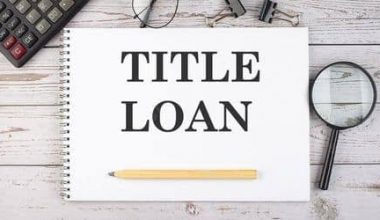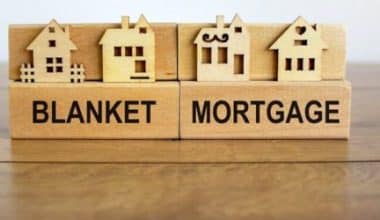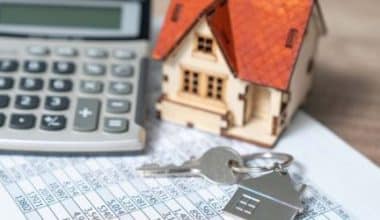Everyone could use some additional income, particularly in their retirement period. Today, retirees have a combined $11.81 trillion in housing wealth, which means you could have more equity in your house than you realize.
Reverse mortgages have given retirees a new way to tap into their home’s value, expanding their financial possibilities in a way that was previously unavailable. Home equity conversion mortgages (HECMs), more often known as reverse mortgages, are available to homeowners 62 and older, and allow them to access a part of the value of their house.
There are a number of procedures involved in getting a reverse mortgage loan, just as there are with a conventional “forward” mortgage. Loans go through a lengthy process that begins with educating the borrower and answering their questions and ends with the borrower signing final agreements and receiving their cash.
Here’s what you can anticipate from a reverse mortgage if you decide to apply for one.
Education/Counseling
The first thing you need to do with a reverse mortgage is to figure out whether you’re a good candidate for the loan. Like with any option, it’s best to arm yourself with as much knowledge as possible before making a final selection. You probably have a number of questions about reverse mortgages, including how much you may get in profits, loan criteria, delivery of cash, and any ramifications for your government benefits.
After you’ve determined a reverse mortgage is a way to go, the discussion isn’t over. You must meet with a HUD-approved independent third-party counselor to explain reverse mortgage obligations before applying for one. Getting counseling for a reverse mortgage is mandatory, but be assured that the procedure was developed with you in mind. An unbiased counselor can help you comprehend this type of mortgage and answer your questions. After finishing the course, you will get a certificate in counseling.
The Application Process
After completing counseling and sending a copy of your certificate to the lending institution, you can then submit your application. The application procedure for a reverse mortgage is the same as that for a conventional loan.
Together with your lender, you’ll need to gather documents such as your birth certificate, income verification, Social Security number, evidence of homeownership, proof of insurance, and maybe a mortgage statement and full copy of a Trust. Following obtaining this data, your lender will start collecting the remaining loan papers.
Appraisal
Your home’s worth is a major factor in determining how much money you can borrow. Although the primary purpose of an appraisal is to determine how much your house is worth, in the case of a reverse mortgage, the appraisal is also used to guarantee compliance with HUD’s minimum property criteria.
The appraiser will do a full tour of your house upon arrival, including turning on the stove and the heat (if available) and checking the attic (if there is one) for any potential health and safety hazards.
Underwriting
When an underwriter has examined your appraisal, they will proceed to review the rest of your loan file. The necessary paperwork for the reverse mortgage is sent to an underwriter, who checks it over and makes sure everything’s in order.
In contrast to conventional mortgages, which often undergo computerized underwriting, reverse mortgages need human involvement from a direct endorsement underwriter.
The DE underwriter will make a decision on your loan application after considering whether to accept it, approve it with restrictions, or deny it altogether. If underwriting has given you conditional permission, you may need to provide more information before they give you the green light. You might need anything from proof of income to documentation that the plumbing has been fixed.
Closing
After the DE underwriter has given their final clearance and your reverse mortgage loan is clear to close, your file will be sent to the closing department and the closing paperwork will be issued.
A closing agent or attorney will meet you at your home, or preferred public area, to examine the file and get your signature on the necessary paperwork. You will also be given a complete copy of the paperwork for your own reference.
Funding
You can receive your reverse mortgage funds in a variety of ways, including a lump sum, monthly payments, line of credit, or a mix of these, depending on the kind of reverse mortgage you choose. Loan proceeds will be distributed three business days after the closing paperwork is signed, and any outstanding liens or current mortgages will be paid off.
Final Thoughts
And there you have it—how to get a loan using your home’s equity as collateral. It’s important to bear in mind that you’re still responsible for the loan’s terms once it’s closed, including using the property as your principal residence, paying any and all applicable taxes and insurance premiums, and completing any necessary maintenance.






